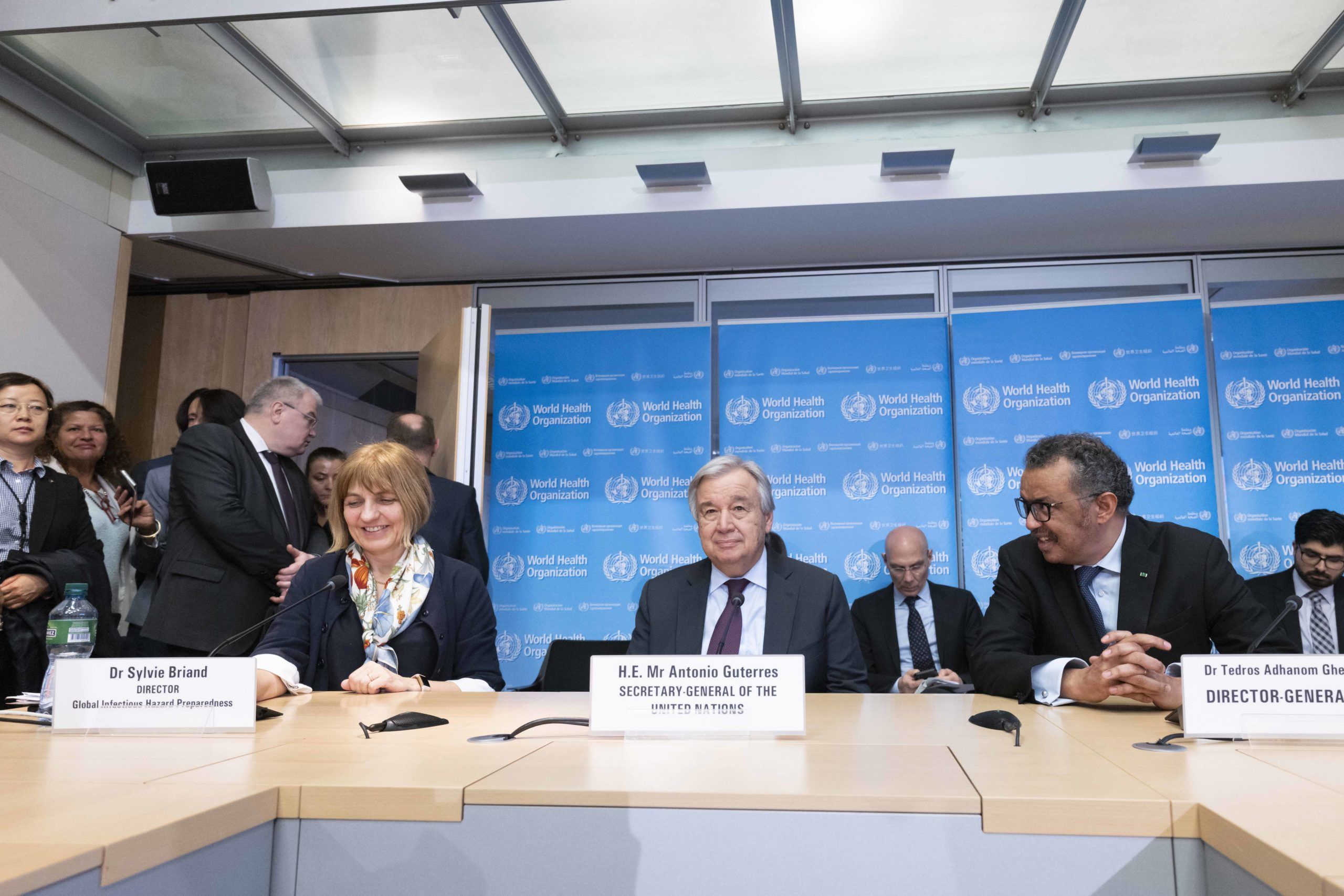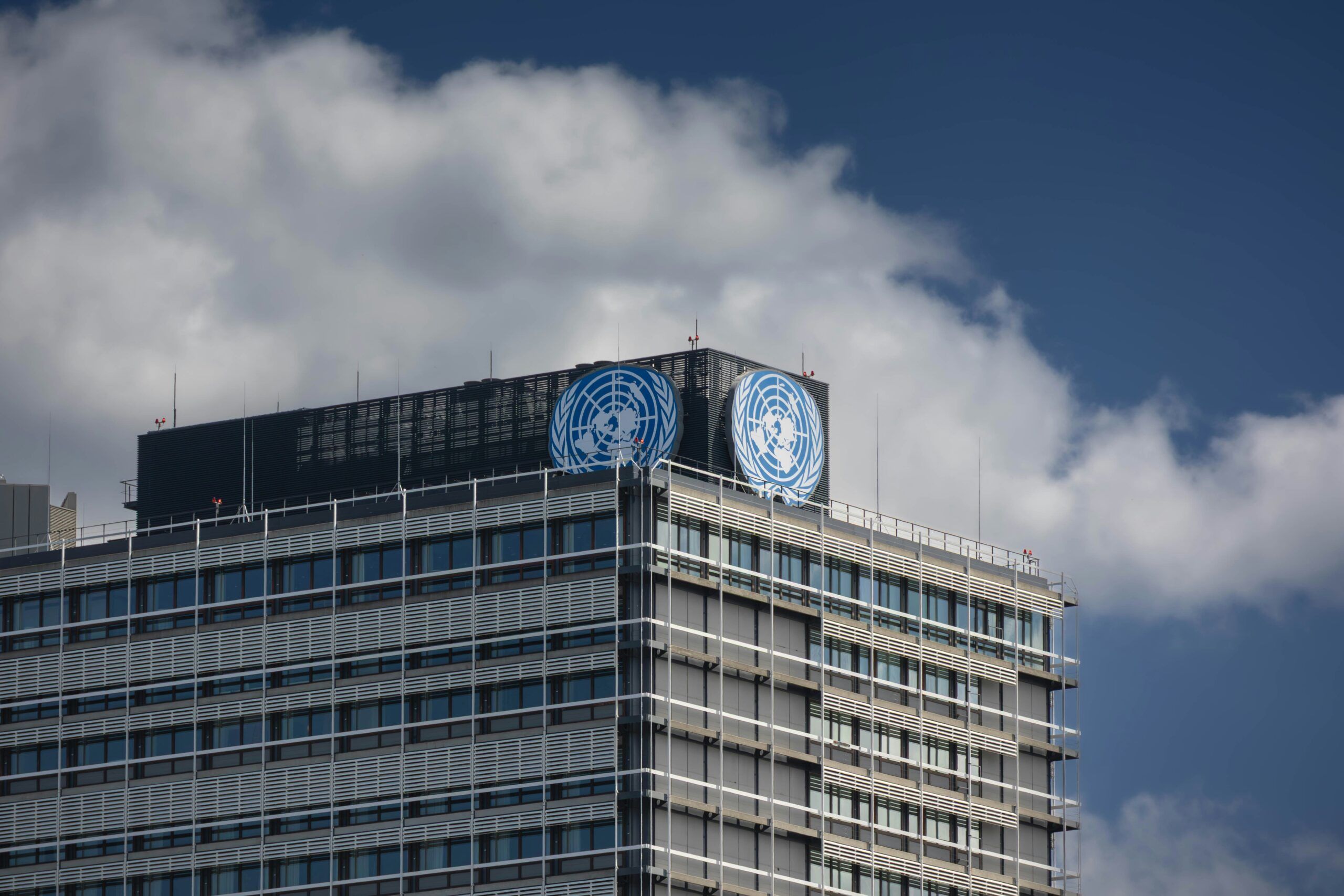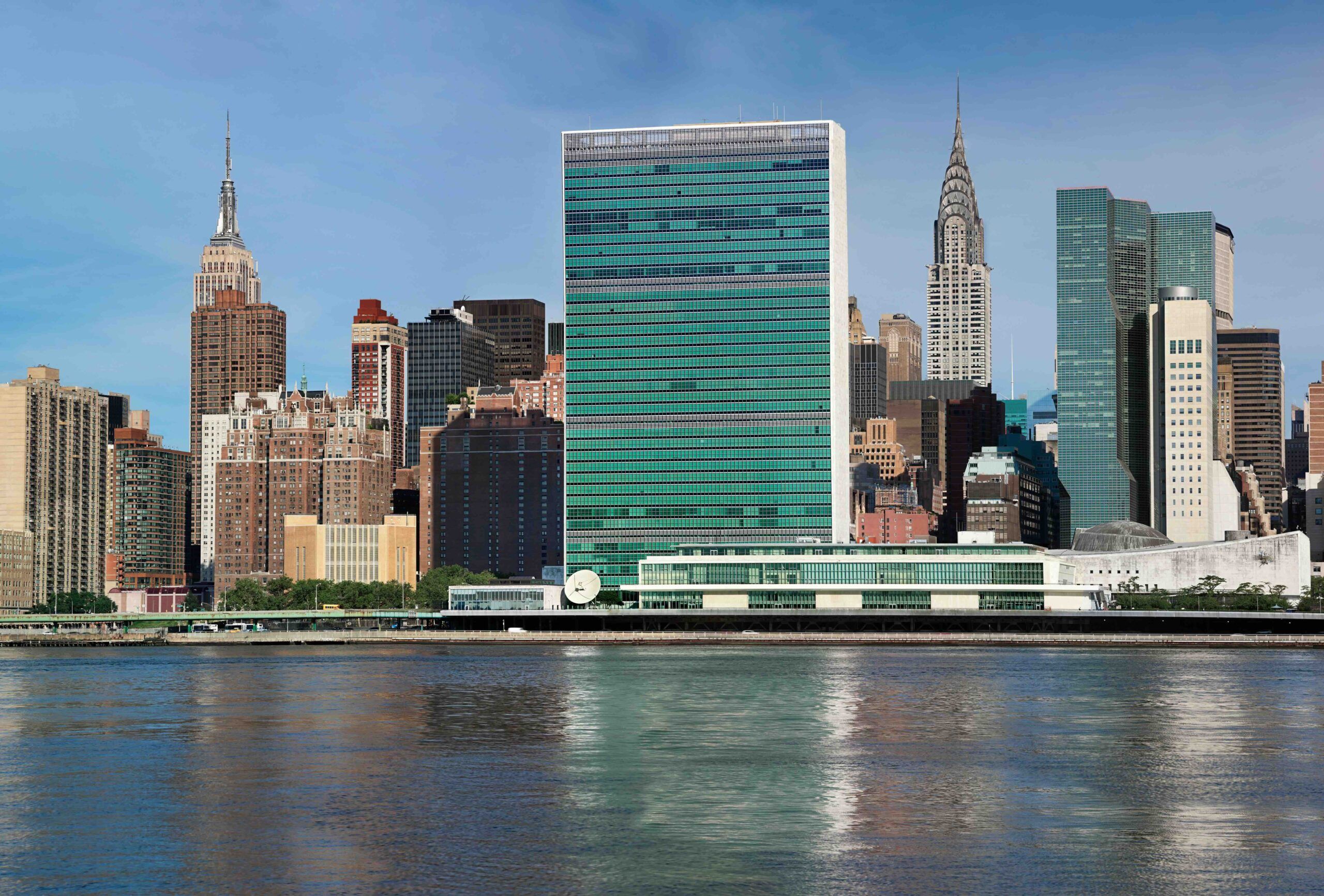
Array
(
[thumbnail] => https://s42831.pcdn.co/wp-content/uploads/2020/03/sg_covid-19_response_0-min-150x150.jpeg.optimal.jpeg
[thumbnail-width] => 150
[thumbnail-height] => 150
[medium] => https://s42831.pcdn.co/wp-content/uploads/2020/03/sg_covid-19_response_0-min-300x200.jpeg.optimal.jpeg
[medium-width] => 300
[medium-height] => 200
[medium_large] => https://s42831.pcdn.co/wp-content/uploads/2020/03/sg_covid-19_response_0-min-768x512.jpeg.optimal.jpeg
[medium_large-width] => 768
[medium_large-height] => 512
[large] => https://s42831.pcdn.co/wp-content/uploads/2020/03/sg_covid-19_response_0-min-1024x683.jpeg.optimal.jpeg
[large-width] => 1024
[large-height] => 683
[1536x1536] => https://s42831.pcdn.co/wp-content/uploads/2020/03/sg_covid-19_response_0-min-1536x1024.jpeg.optimal.jpeg
[1536x1536-width] => 1536
[1536x1536-height] => 1024
[2048x2048] => https://s42831.pcdn.co/wp-content/uploads/2020/03/sg_covid-19_response_0-min-2048x1365.jpeg.optimal.jpeg
[2048x2048-width] => 2048
[2048x2048-height] => 1365
[gform-image-choice-sm] => https://s42831.pcdn.co/wp-content/uploads/2020/03/sg_covid-19_response_0-min-scaled.jpeg.optimal.jpeg
[gform-image-choice-sm-width] => 300
[gform-image-choice-sm-height] => 200
[gform-image-choice-md] => https://s42831.pcdn.co/wp-content/uploads/2020/03/sg_covid-19_response_0-min-scaled.jpeg.optimal.jpeg
[gform-image-choice-md-width] => 400
[gform-image-choice-md-height] => 267
[gform-image-choice-lg] => https://s42831.pcdn.co/wp-content/uploads/2020/03/sg_covid-19_response_0-min-scaled.jpeg.optimal.jpeg
[gform-image-choice-lg-width] => 600
[gform-image-choice-lg-height] => 400
)
What the Coronavirus Means for the UN, IMF, and World Bank
This week, the United Nations, the International Monetary Fund, and the World Bank all cancelled big meetings in favor of virtual connections due to the ongoing COVID-19 epidemic. We’re watching multilateral institutions switch gears in real time to cope with impact of a novel coronavirus outbreak that’s unfolding rapidly on a global scale.
Global polling on COVID-19 is still limited, but the likelihood is that most of the world’s 7 billion people know about it—and are scared. The virus has probably overtaken economic uncertainty and climate change as a major global fear. International leaders now face the test of showing that they can come together to act collectively on a threat which no one country can address alone.
What does the response so far tell us about the state of multilateral cooperation today?
On the one hand, there is good news. The COVID-19 epidemic in China appears to be largely contained at this point. International protocols for sharing viral genetic data worked extremely effectively, with Chinese scientific and health officials rapidly sharing viral genetic sequence data. The UN’s World Health Organization has also played a critical role: its threat assessment is the benchmark for all other actors, and it has mobilized multinational teams to assist countries in the response. Regional multilateral systems have also shown the ability to mobilize, with the African Union calling health ministers together as cases begin to appear in North and sub-Saharan Africa.
However, the unfolding effects of the outbreak vividly illustrate the reasons that an effective response to the coronavirus must extend beyond the sphere of public health. Drastic economic impact is now predicted. School systems are facing closures mid way through the academic year, putting pressure on working parents. International travel for private sector and religious and social activities is grinding to a halt. This is, therefore, a typical complex and multisectoral emergency: to manage it well requires trade-offs between halting economic or social activities in order to control the spread of the virus, while preventing a second-order economic or humanitarian disaster.
Right now, we are seeing how the challenge of COVID-19 response reveals the gaps in the multilateral system’s current ability to manage fast-moving, complex, and interlinked chains of cause and effect.
For example, both national and international systems are siloed. No pre-standing mechanism exists to call together economic, transportation, and education system decisionmakers with public health experts, or to liaise with the private sector, religious leaders, and social associations that can help manage risk linked to large gatherings of people or travel for religious pilgrimages and other international events.
Secondly, despite breakthroughs in technology in recent years, contingency plans for large organizations and events—from multilateral meetings to academic conferences to cultural and sporting events—are still lacking. Some businesses and institutions have kept activities planned but switched to virtual means—New York University, for example, has kept all the classes going at its Shanghai and Florence campuses through video conference technology, while tech firms like Google, Amazon, and Twitter are making it possible for employees to work remotely in locations affected by the virus.
As organizations like the UN, World Bank, and IMF revise their own plans for upcoming events, they should explore whether these meetings can be used to focus on a multisectoral response, and find ways to keep connections and decision-making going through virtual means where personal travel is judged unwise. The ability to rapidly adapt, to balance first-order and second-order effects, to link across health, the economy, transport, and education, and to use technology wisely will be crucial. In the year of the UN’s 75th anniversary, the coronavirus response is likely to be seen as the test of whether the international system has what it takes.
(Image above: Secretary-General Attends COVID-19 Outbreak Briefing, Feb 2020; UN Photo/Jean-Marc Ferré.)
More Resources
-
-

UN80: The Challenge of Mandate Reform
Bruno Ríos
Stay Connected
Subscribe to our newsletter and receive regular updates on our latest events, analysis, and resources.
"*" indicates required fields


